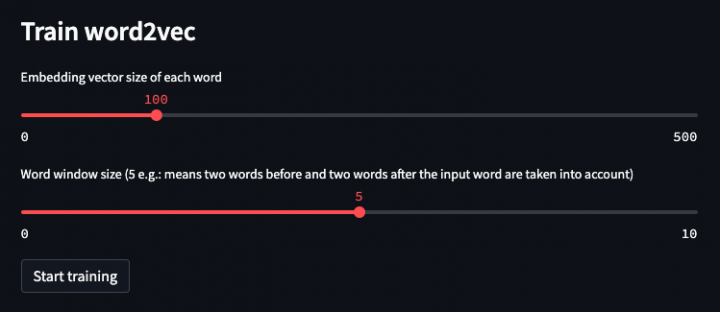In the dynamic landscape of artificial intelligence (AI) and natural language processing (NLP), the demand for efficient and high-performance vector databases has never been more crucial. These databases serve as the backbone for various applications, including language models (LLMs) that rely on semantic understanding. In this blog post, we delve into three leading vector databases […]
Exploring the Top 3 Vector Databases: Weaviate, Milvus, and Qdrant as Semantic Caches for LLM-Based Applications




